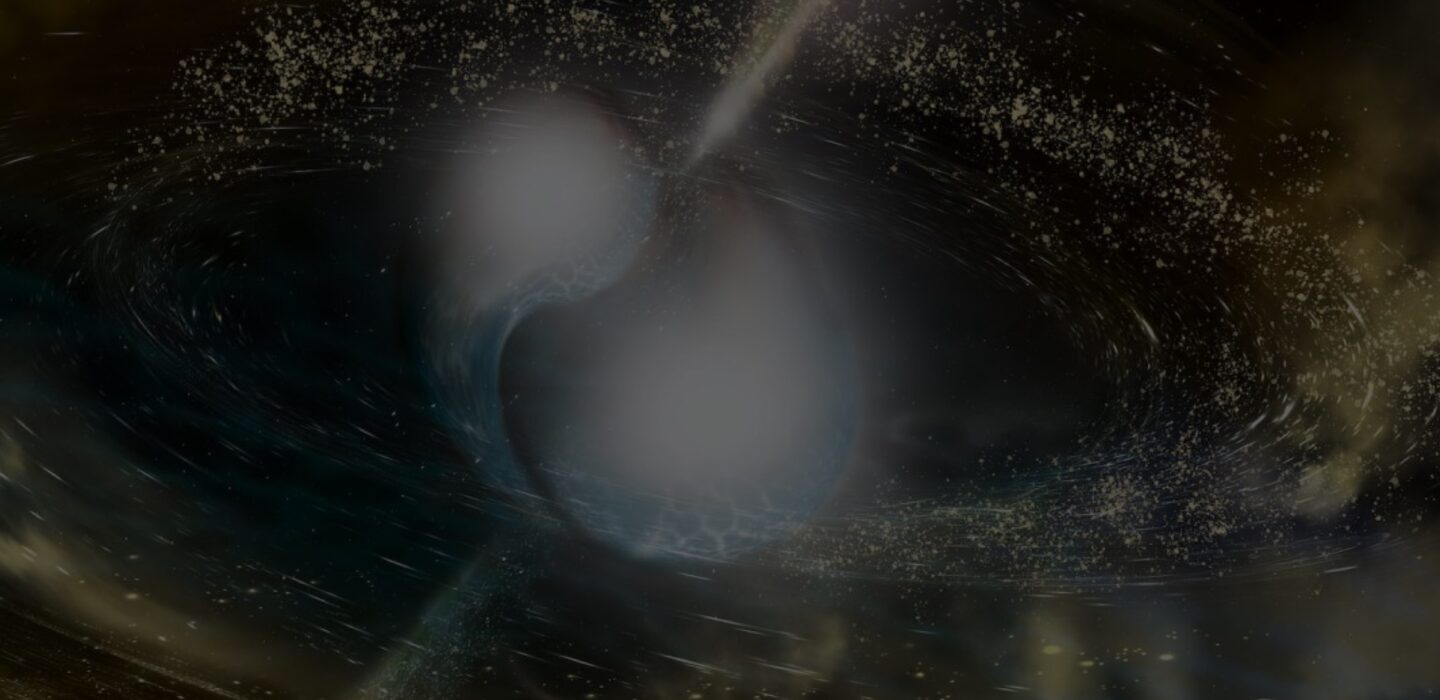Yilja Li & Sandip Roy

Monday, November 25th, 2024
3:00pm - 4:00pm
Marlar lounge, in person & via zoom
Talk 1: Yilja Li, 3:00pm - 3:30pm
A new photoionization emulator to flexibly model the ionizing sources and nebular conditions
What reionized the universe? What are the masses, star formation rates, and formation histories of galaxies in the z>5 universe? Answering these questions requires a detailed understanding of the nebular emission properties in galaxies. However, the complex physics governing nebular emission in galaxies, particularly in the early universe, often defy simple low-dimensional models. I will present Cue, a highly flexible nebular emulator trained on Cloudy, designed to interpret nebular continuum and line emission across a wide range of ionizing sources and nebular conditions of galaxies at different redshifts. Unlike typical nebular models for extragalactic nebular emission, Cue does not require a specific ionizing spectrum as a source, instead approximating the ionizing spectrum with a 4-part piece-wise power-law. This flexibility allows us to constrain or marginalize over the incident ionizing radiation, thereby directly interrogating the ionizing source in distant galaxies via their nebular emission. I will demonstrate the use of Cue on simulated and real JWST data, including our work on interpreting the emission lines from a peculiar galaxy at z = 6 with an ionizing continuum consistent with a combination of typical young stellar populations and an AGN, as well as ongoing efforts to identify dominant ionizing sources in z ~ 2 star-forming galaxies.
Talk 2: Sandip Roy, 3:30pm - 4:00pm
The galactic consequences of aggressively dissipative dark sectors
Dark sector theories naturally lead to multi-component scenarios for dark matter where a sub-component can dissipate energy through self-interactions, allowing efficient dark cooling within galaxies. In this talk, I'll present the first cosmological hydrodynamical simulations of dwarf galaxies and Milky Way-mass galaxies where much of the dark matter is collision-less Cold Dark Matter (CDM), but a sub-component (~5%) is strongly dissipative minimal Atomic Dark Matter (ADM). The simulations demonstrate that the addition of even a small fraction of dissipative dark matter can significantly impact galactic evolution. ADM gas with roughly Standard Model-like masses and couplings can cool efficiently and gravitationally collapse. These effects can radically enhance galactic central densities, altering internal stellar kinematics as well as the properties of satellite galaxies around Milky Way-mass hosts. As a result, upcoming galactic observations with Rubin and other surveys will be extremely sensitive to dissipative dark interactions, helping us understand if dark matter exists in dark sectors with rich particle physics like the Standard Model.
Speakers
- Yilja Li, PSU Sandip Roy, Princeton University
Hosts
Event Contacts
- Minghao Yue Daniele Michilli